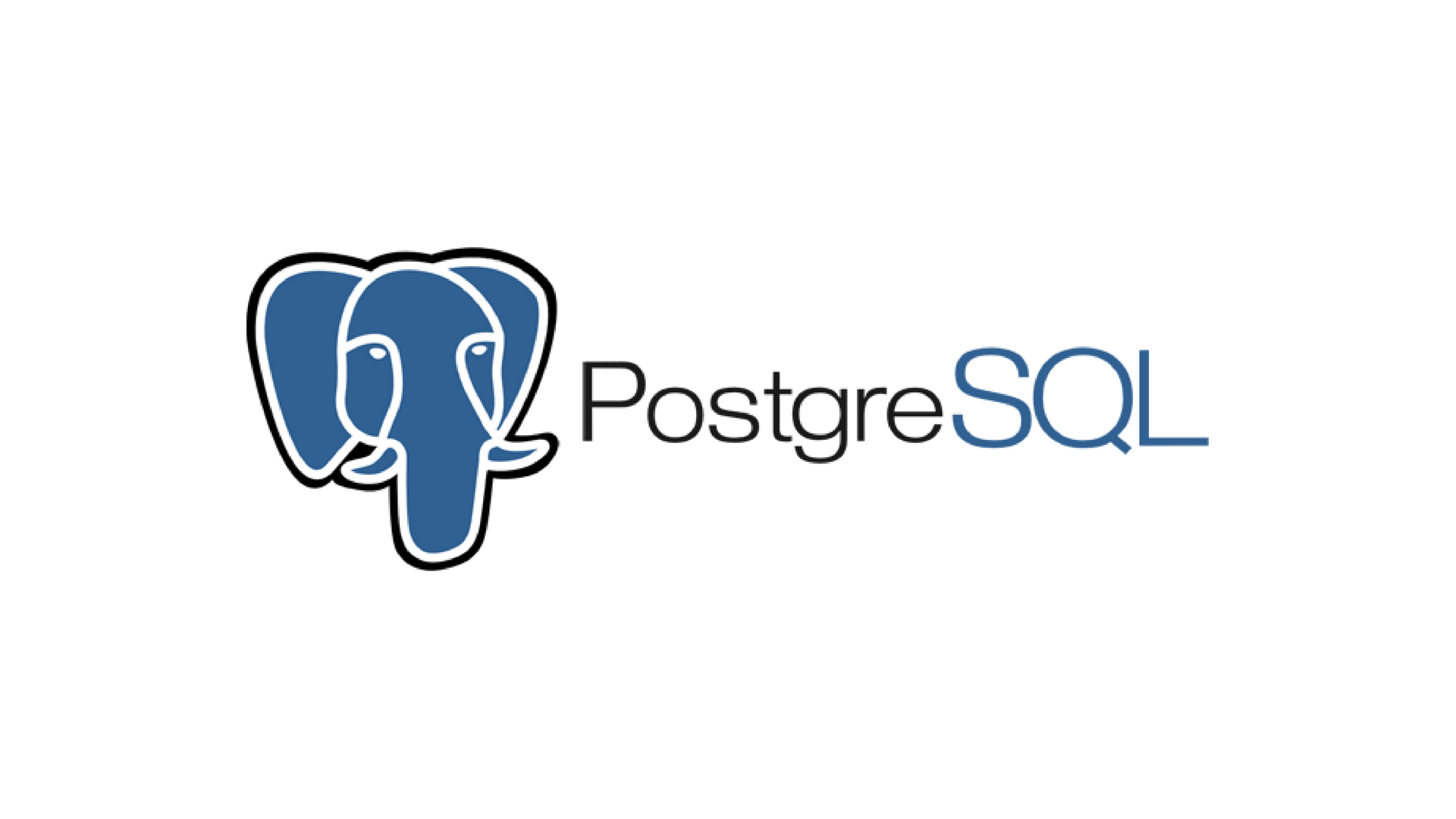Starting to Learn PostgreSQL: A Beginner's Guide
PostgreSQL, often referred to as Postgres, is a powerful open-source relational database management system (RDBMS) known for its robustness, scalability, and extensive features. Whether you are a software developer, data analyst, or database administrator, learning PostgreSQL can open up a world of possibilities for managing and working with data. In this article, we will explore the key steps to get started with PostgreSQL and embark on your journey to becoming proficient in this popular database technology.
- Installation and Setup:
The first step in learning PostgreSQL is setting up the environment. PostgreSQL is available for various operating systems, including Windows, macOS, and Linux. Visit the official PostgreSQL website and download the appropriate installation package for your operating system. Follow the installation instructions provided and configure the necessary settings. Once installed, you can start exploring PostgreSQL and working with databases.
- Understanding the Basics:
Before diving into complex database operations, it's crucial to understand the fundamentals of PostgreSQL. Familiarize yourself with the concepts of databases, tables, rows, and columns. Learn about primary keys, foreign keys, and data types supported by PostgreSQL. Gain an understanding of SQL (Structured Query Language), the language used to interact with databases. SQL allows you to perform operations such as creating tables, inserting data, querying data, and modifying data in PostgreSQL. Online tutorials, documentation, and books can serve as valuable resources for learning the basics.
- Interacting with PostgreSQL:
To interact with PostgreSQL, you can use various tools and interfaces. One popular tool is pgAdmin, a feature-rich graphical user interface (GUI) for PostgreSQL. PgAdmin allows you to create databases, execute queries, and manage database objects visually. Alternatively, you can use the psql command-line tool, which provides a command-line interface to interact with PostgreSQL. Familiarize yourself with the basic commands and syntax of these tools to perform common tasks like creating databases, executing queries, and managing user permissions.
- Querying and Manipulating Data:
An essential aspect of working with databases is querying and manipulating data. Learn SQL syntax for retrieving specific data from tables using SELECT statements, filtering data using WHERE clauses, and sorting data using ORDER BY clauses. Gain an understanding of inserting data into tables using INSERT statements, updating data using UPDATE statements, and deleting data using DELETE statements. Practice writing queries and performing data manipulation operations to become comfortable with the SQL syntax and PostgreSQL's capabilities.
- Database Design and Management:
Database design is a critical aspect of building efficient and scalable applications. Gain knowledge of database normalization principles, which help in structuring data to minimize redundancy and ensure data integrity. Understand how to create tables, define relationships between tables using primary and foreign keys, and enforce constraints. Learn about indexing and optimizing queries to improve database performance. Explore advanced PostgreSQL features such as stored procedures, triggers, and views to enhance the functionality and efficiency of your databases.
- Advanced Topics and Resources:
As you become more proficient in PostgreSQL, you can delve into advanced topics to expand your knowledge further. Explore features like transaction management, replication, partitioning, and full-text search to unlock additional capabilities of PostgreSQL. Stay updated with the latest developments in the PostgreSQL community by following blogs, forums, and attending conferences. Additionally, there are several online courses, tutorials, and books available that provide in-depth coverage of PostgreSQL and its advanced features.
In conclusion, PostgreSQL is a versatile and feature-rich database management system with a vast ecosystem of tools and resources. By following these steps and dedicating time to practice and explore PostgreSQL, you can start your journey to becoming proficient in this powerful database technology. Embrace the learning process, experiment with databases, and leverage the wealth of resources available to gain a deeper understanding of PostgreSQL and its capabilities. With dedication and continuous learning, you can unlock the full potential of PostgreSQL and harness its power to manage and work with data effectively.
Read Also: THE VALUES OF OPENSTACK HORIZON: EMPOWERING CLOUD MANAGEMENT

